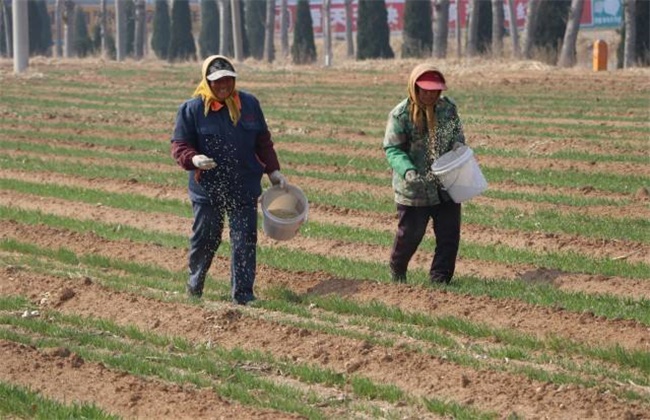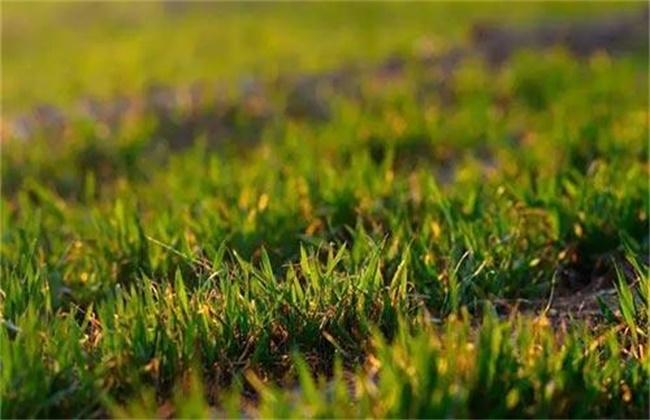Time and Method of Wheat Root Cutting
In wheat production, root cutting measures can promote root growth, increase root number and root length, make root system developed and wheat seedlings strong, inhibit ineffective tillering of wheat, enhance cold resistance of wheat seedlings, make them survive the winter safely, shorten internodes, prevent lodging, increase spike grains and increase yield. So what conditions do you need for wheat to cut off its roots? How should we proceed? Let's take a look.
1. Conditions for root cutting to increase yield.
First of all, it depends on the soil conditions. Soil fertility is the basis of high yield of wheat. Wheat roots and tillers have strong automatic regulation in fertile soil, not only more tillers and spikes, but also more roots than ordinary wheat fields. The soil suitable for root cutting is medium or above in fertility. Then we have to look at the conditions of wheat seedlings, the requirements are strong seedlings with more than 6 leaves on the main stem, more than 5 tillers per plant, and secondary roots up to 10~15cm. For over-prosperous wheat fields, the seedlings are more than 30 cm high, no small tillers occur, and the tillers are also very large, so root cutting should not be used to solve the problem of excessive population size and excessive wheat seedlings.
2. Root cutting time
In winter, root cutting should begin before overwintering, and the most suitable daily average temperature is 8-15, and in the first and middle of November, in the southern part of Shandong Province, the secondary root of wheat has been extended to the interrow. The root of the returning period should be cut off at the beginning of turning green or in the early stage after turning green, that is, from mid-late February to early March. In the period of getting up, it is appropriate to start to get up, the second leaves of spring grow out, and the distance between leaves begins to lengthen, about in the middle of March.
3. Root-cutting method
There are many methods for root cutting of wheat, such as deep hoeing between rows, artificial deep ploughing, animal deep ploughing and mechanical deep ploughing, etc., but artificial deep hoeing and artificial deep ploughing have high labor intensity and low labor efficiency, so they are rarely used. In the past, it was commonly used for animal power to work deeply and cut off the roots, that is, the rear teeth of the three-toothed ploughing hoe were ploughed more than 10 centimeters with animal power. after ploughing, bamboo rake was used to remove the bumpy soil from the wheat seedlings and push the ditch to prevent ventilation and moisture dissipation. The root injury of wheat should be determined according to the soil fertility and seedling stage. If the soil fertility is good, the seedling condition is more prosperous, and the group is large, the root injury should be more serious. You can use line work, with a depth of about 15 cm. But the soil fertility is general or better, the strong seedling, the group suitable may injure the root slightly, uses the interline ploughing, the depth reaches 10 centimeters or so is appropriate.
The above is the introduction of wheat root cutting time and methods, hope to help you, want to know more related knowledge, please follow us.
Related
- The first cup of black tea in spring, the flavor and history of tea gardens in Kenya, Africa
- The computer can not only choose potatoes, but also grow tea rice. AI will grow winter oolong tea champion.
- It is not only the inflated tea bitten by insects, but also engraved with the four seasons tea in Beipu.
- The Oriental Beauty Tea Festival in Zhuxian County takes the stage at the weekend to experience the plus-size feast of oil tea.
- & quot; Oriental Beauty Tea & Exploration of Emei in Hsinchu, the hometown of quot;
- The new variety of strawberry "Tainong 1" dessert is the first choice with mellow aroma. Crimson gorgeous
- History of Tea in Taiwan: from Wild Inner Mountain to Export Tea Garden
- Two types of Taiwan Oriental Beauty Black Tea won the British three-Star Award for Childhood Tea Xiang Zhang Jiaqi changed from pilot to champion tea maker.
- Banana species and varieties: the planting history of Taiwan Xianren banana and dwarf banana is long, is banana disease resistant?
- Coffee planting Technology: Qianjie Coffee from Seedling to harvesting



